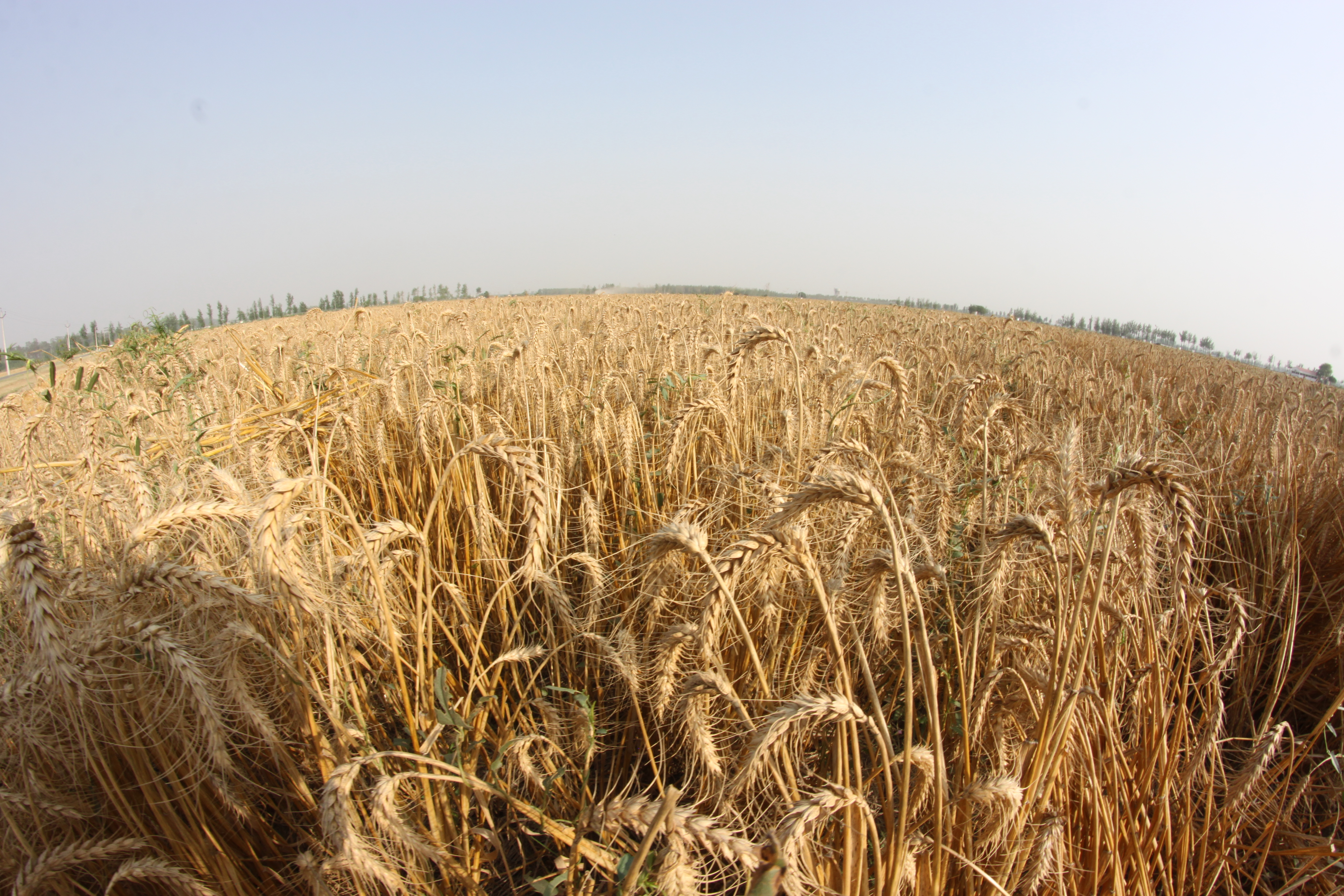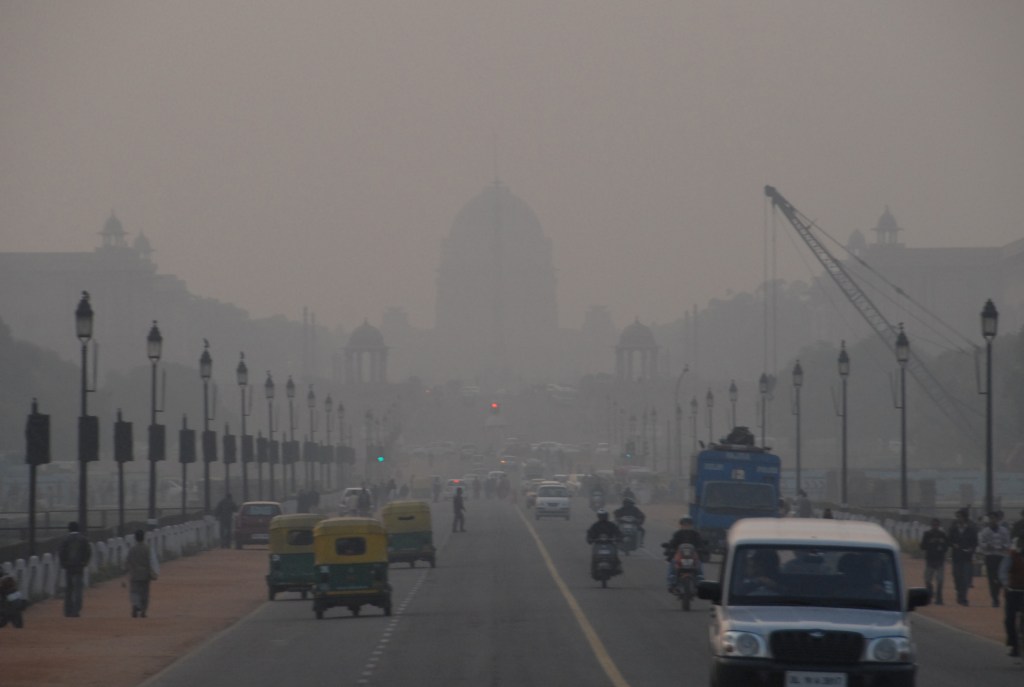I often wonder how hard it must be for Delhi’s residents to live with pollution and smog every day. What accommodations do they make and how many minutes of their lives do they lose with every breath they take?
I had this thought when I traveled to Northern India this spring to investigate an issue that has been on my mind for several years. Delhi was more than 100 degrees Fahrenheit, which was expected. I barely saw the sky, which was also not a surprise. Surely, kids growing up in Delhi have only known a sky that is dull and smoggy in the summer, and infected and dark in the cold winter months.
Every fall, sometime during October and November, a noxious fog containing a mixture of dust, carbon and particles covers many parts of Northern India. However, this is particularly burdensome to the denizens of Delhi, India’s capital. With a population of 18.6 million, Delhi is the fifth most populous and amongst the most polluted cities in the world. Last year, when the smog was at its worst, schools had to be closed for a week.
Delhi’s air pollution is a result of a combination of factors including vehicles and factories spewing smoke, dust from construction and burning of un-collected trash and fuelwood. In the fall, crop waste burning becomes a major issue. During certain months, a third of the concentration of small dust particles (PM 2.5) in Delhi comes from farmers burning their crop waste in their fields.
Why are farmers burning their fields? And is there a role for The Nature Conservancy’s program in India to change this behavior?
To explore these issues, a Conservancy team started a conversation a few months ago with farmers, scientists and government officials. The answers point to a complex picture of struggling farmers, a public burdened by dirty air, a government trying to balance livelihood and public health considerations and somewhat uncertain technological and economic solutions.
India’s Bread Basket
India’s state of Punjab is its bread basket. The green revolution, with its high-yielding seeds and new farming practices, transformed the state. Punjab increased its agricultural productivity with rice and wheat farming, and, all of India became more food secure. Today, Punjab is a thriving state with 4 million hectares of farmed land, good infrastructure and less poverty than in most other parts of the country.
However, a crisis looms – ground water tables are falling and climatic change brings uncertain rainfall. Responding to these changes, the government has forced farmers to move their rice planting season to match the arrival of the monsoonal rains in June, which then leads us to our story of crop waste burning.

With the rice sowing season changing to accommodate water constraints, the time available to farmers between harvesting rice and planting wheat is a mere 10-20 days. Consequently, millions of farmers burn the straw that remains after the rice harvest to prepare their fields for a wheat crop. Rice straw is high in silica and farmers do not feed it to livestock. Their best bet is to light a match.
With nearly a million land holdings burning, a great deal of smoke goes up into the air. The government has banned burning. But, locally, people are willing to inhale bad air for a few weeks, because what else can they do? For farmers, particularly small farmers, it is all about short-term profits. If a farmer must choose between his or her private income or the public benefits of clean air, the choice is clear.
Can farmers be persuaded to stop burning? Scientists at Punjab Agricultural University and CIMMYT (the International Maize and Wheat Improvement Center) point to the Happy Seeder, a tractor-mounted device that can be used after rice is harvested to plant wheat directly into straw-laden farm plots.
When rice is ready to be reaped, a tractor or a harvester collects the grain, a spreader distributes the straw that remains on the ground and the Happy Seeder drills into the land to seed the wheat. And voila! No need to burn.

Using the Happy Seeder means that farmers no longer need to till the land to plant their wheat. Instead, they will practice a form of conservation agriculture. The public benefits of the use of the Happy Seeder and this form of agriculture seem clear – less water use, healthier soils, no black carbon affecting the Himalayan glaciers and cleaner air. However, this is not yet a happy win-win story.
Change is Possible, but it isn’t Always Easy
Conservation agriculture is new to farmers. It will require them to change – in how they use equipment and apply water and weedicides. And it will require information, training and incentives to motivate farmers to try new technology. And, public extension services and private institutions will need to adjust to deliver the Happy Seeder and make it available at large scales.
An increasingly strict State has begun to fine farmers in order to reduce crop-waste burning. The Government also subsidizes the Happy Seeder. We economists, generally, do not like subsidies, unless they correct an external cost that results from private actions. The polluter does not always have to pay – sometimes, he or she needs to be paid to no longer pollute.
India’s farmers feed billions of people, facing down price, pest and weather related uncertainties. If anything, they know that they must continuously adapt. Is it too much to ask them to change their behavior to deliver clean air with the food they grow? If we can offer them good economic alternatives, they may well rise to the challenge.




Farmers are aware about the demerits of burning paddy straw but there is need to create interest among them. Government should organised camps and make the happy seeder available to them for sowing of wheat to make Punjab eco-friendly.
Benefit having been established – the tougher task of communicating and convincing the risk averse farming community remains.. and can we blame them?? Farming is by far one of the riskiest businesses.
Yet there is a need for all out effort to get them on board for the larger good!
Nice article!
great blog Priya. You capture the opportunity and challenge well. Any one interested in our longer brief on our TNC strategy to end crop burning in the next five years and can contact me. wginn@tnc.org